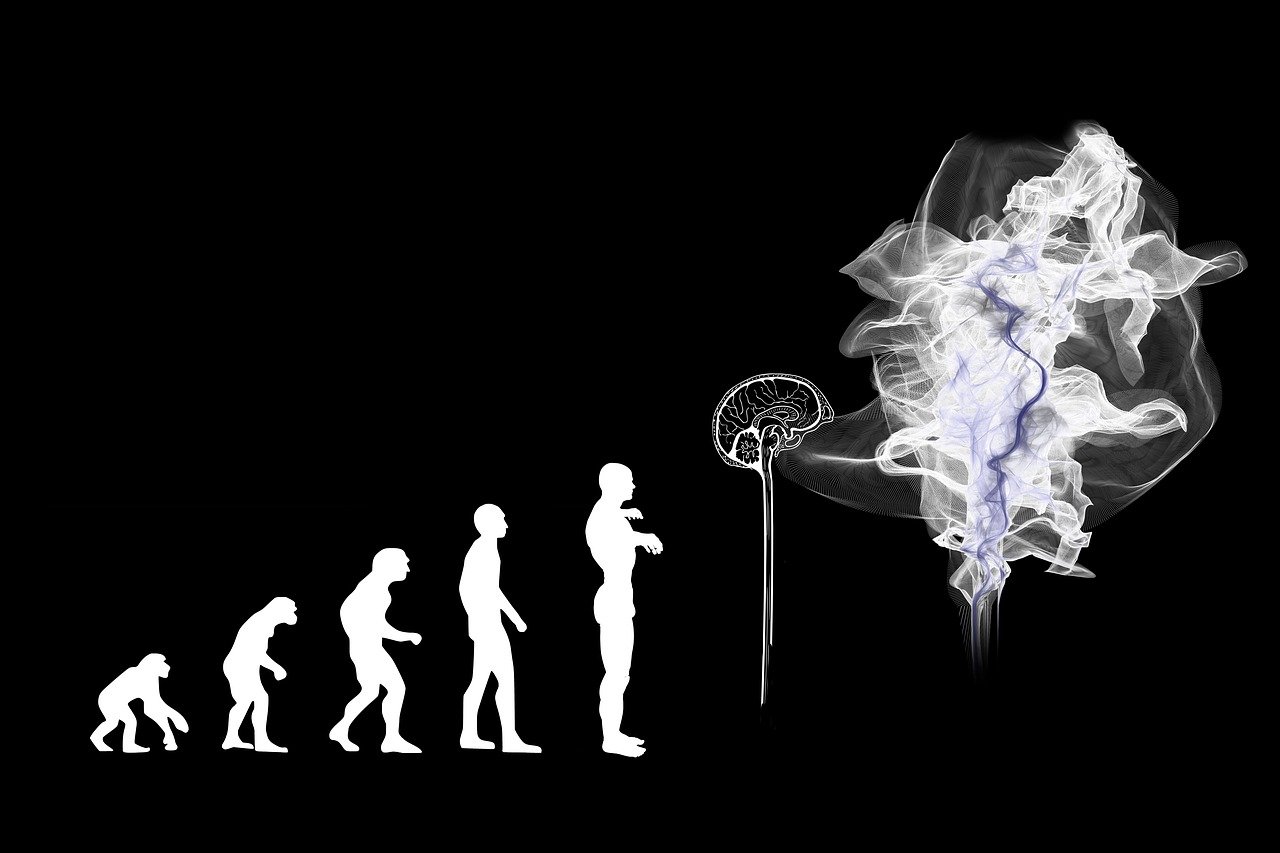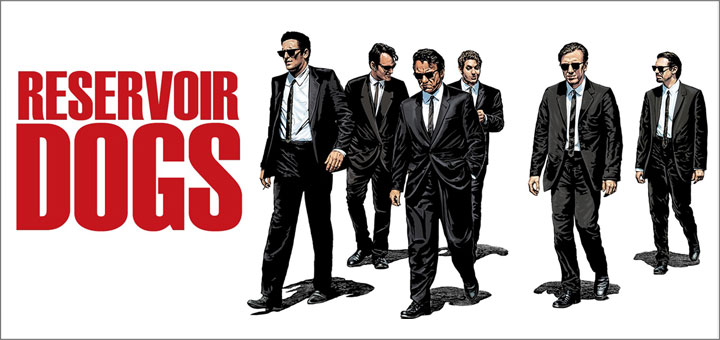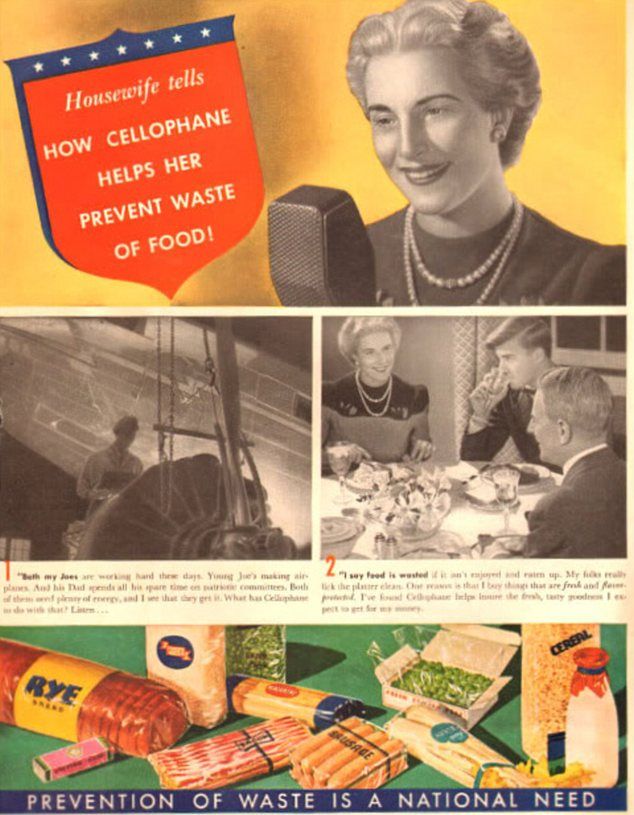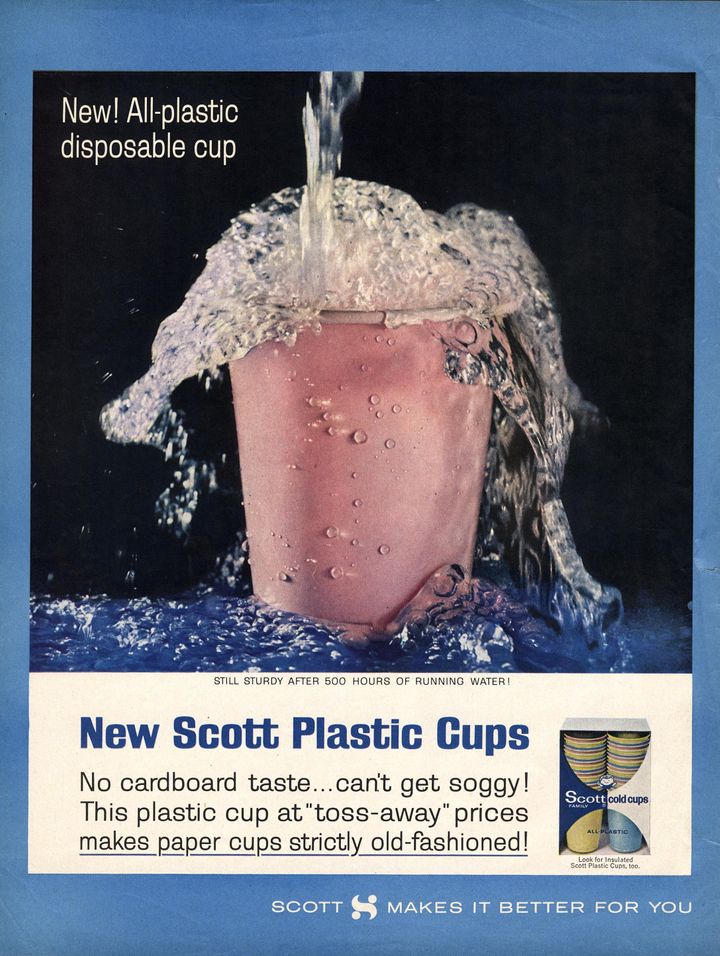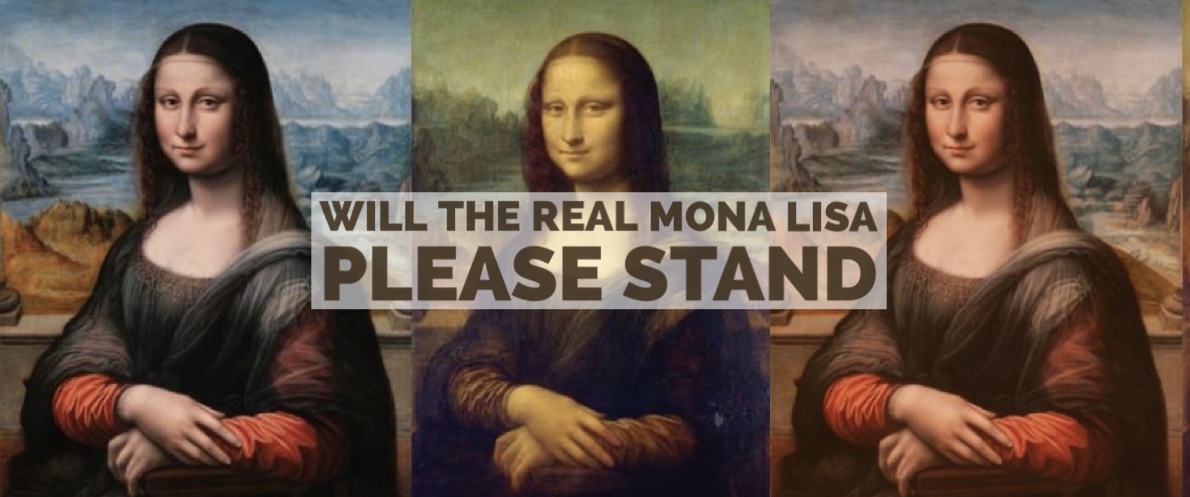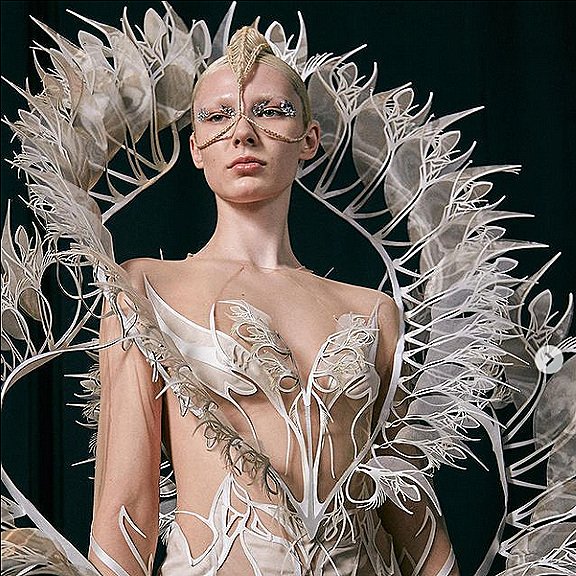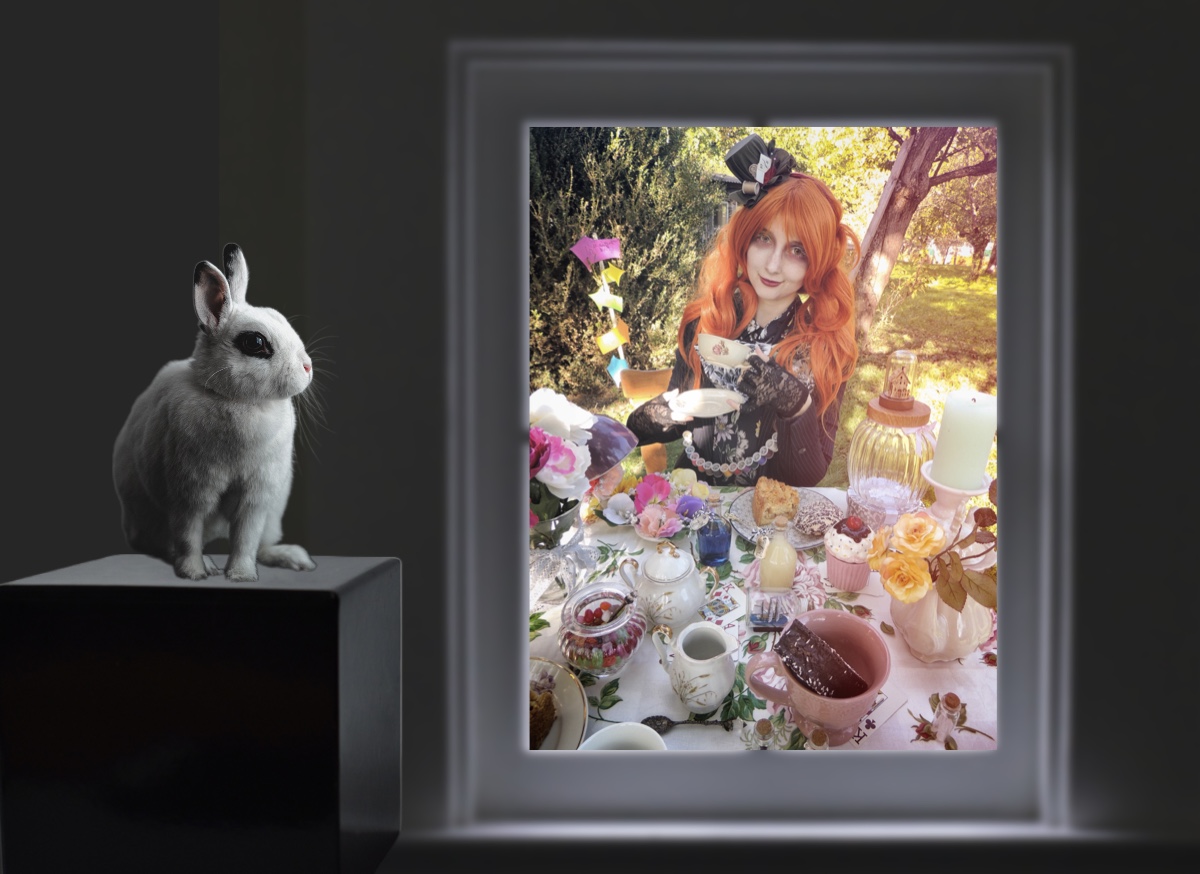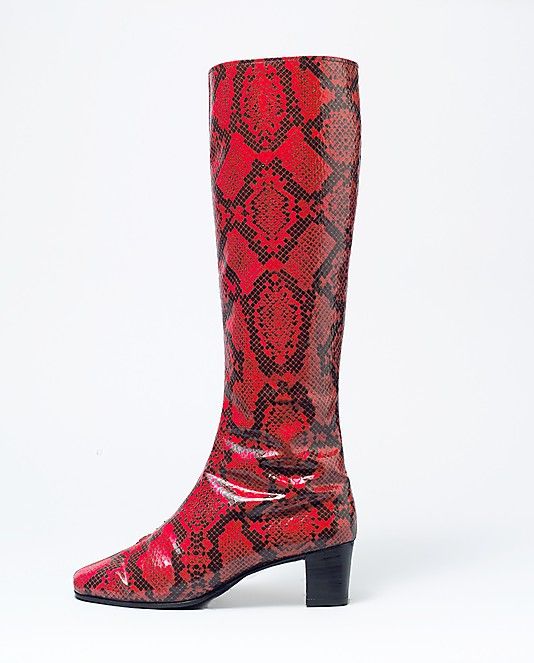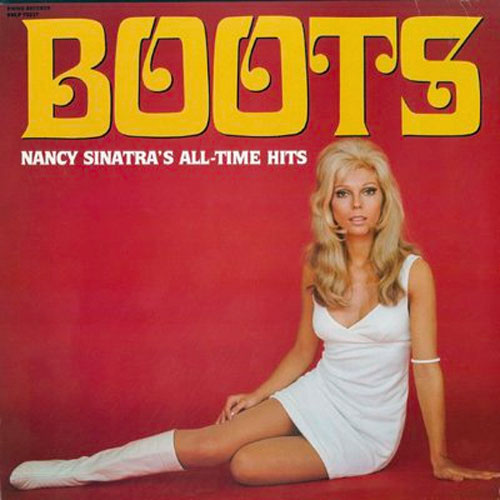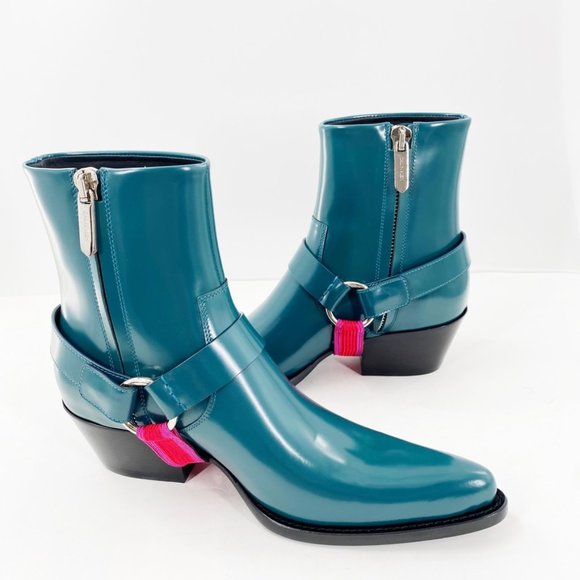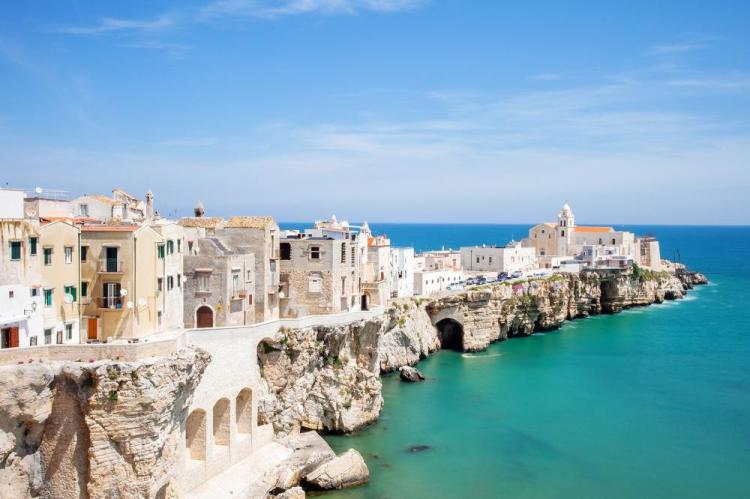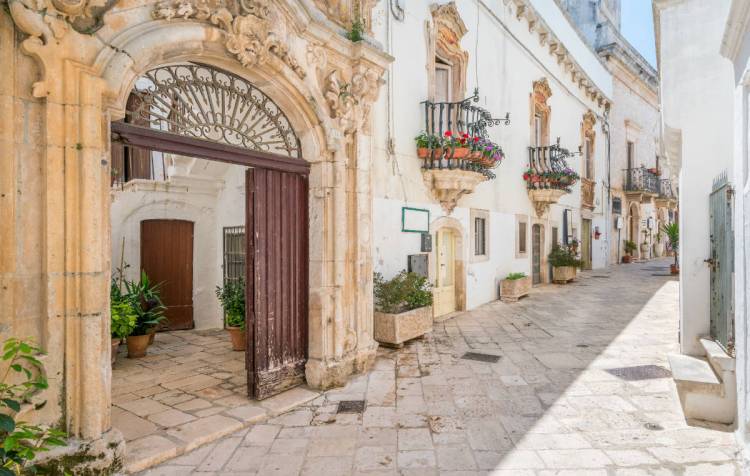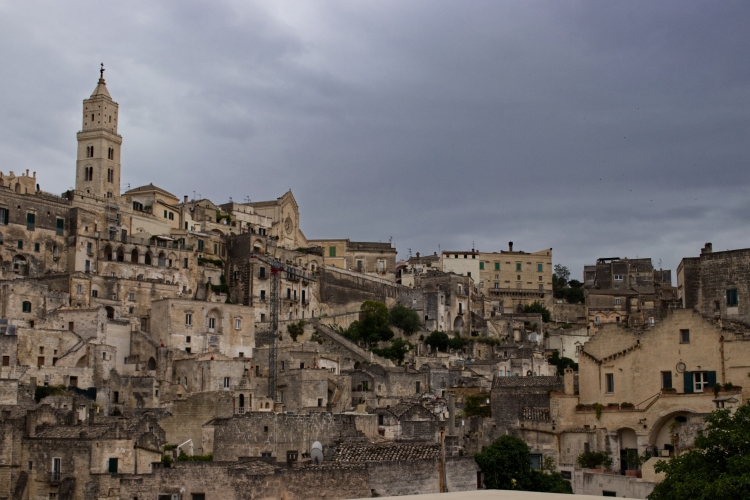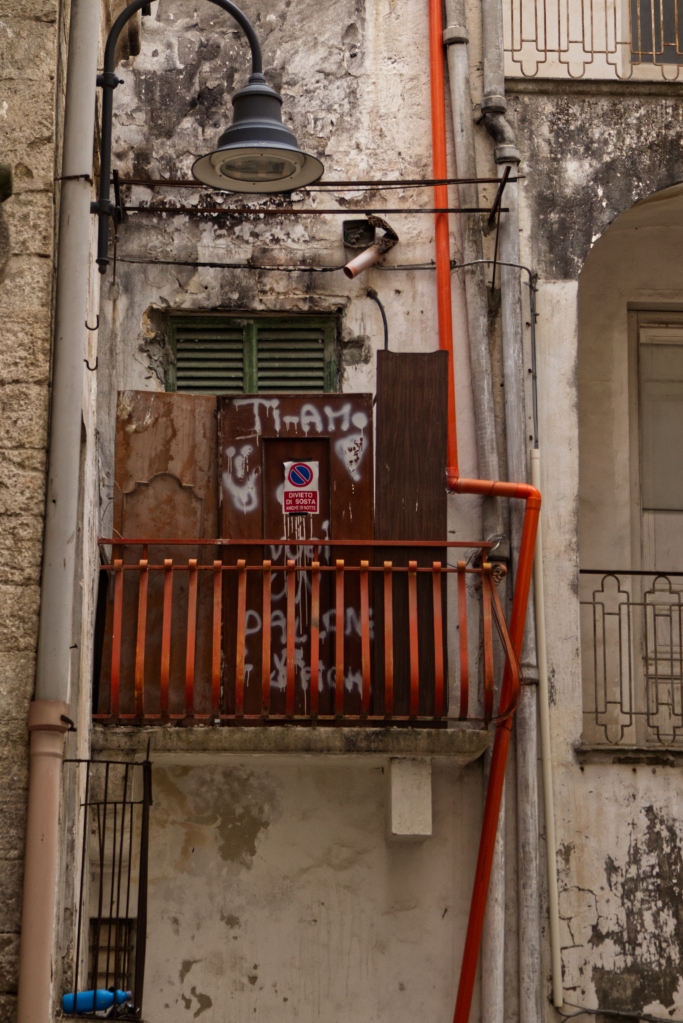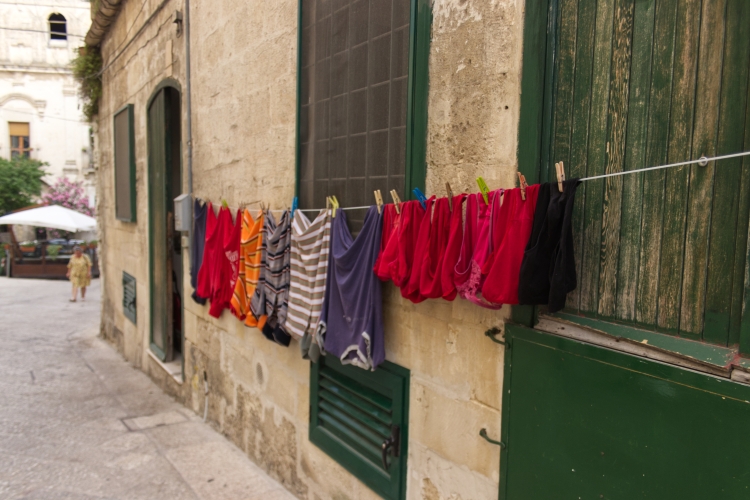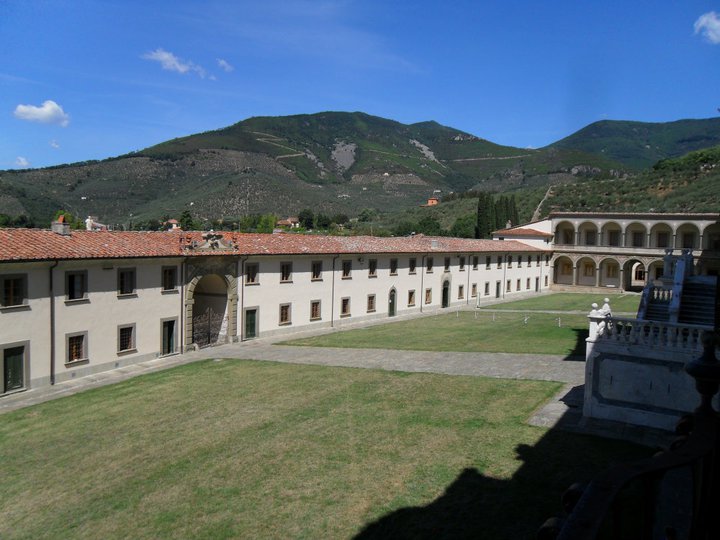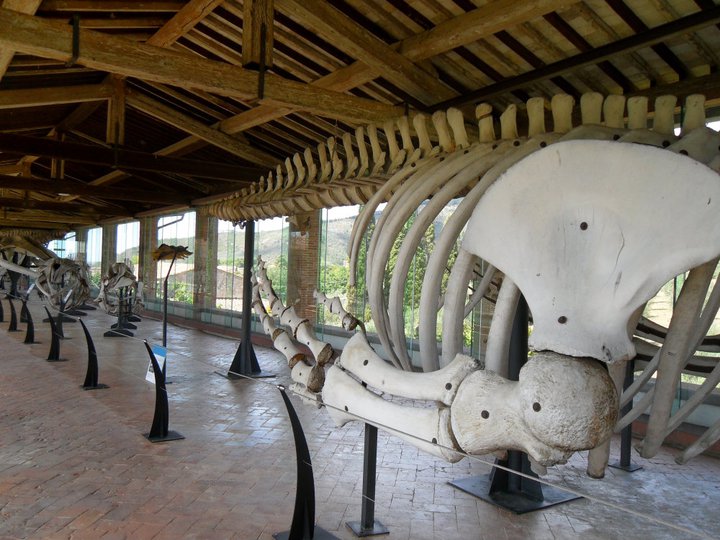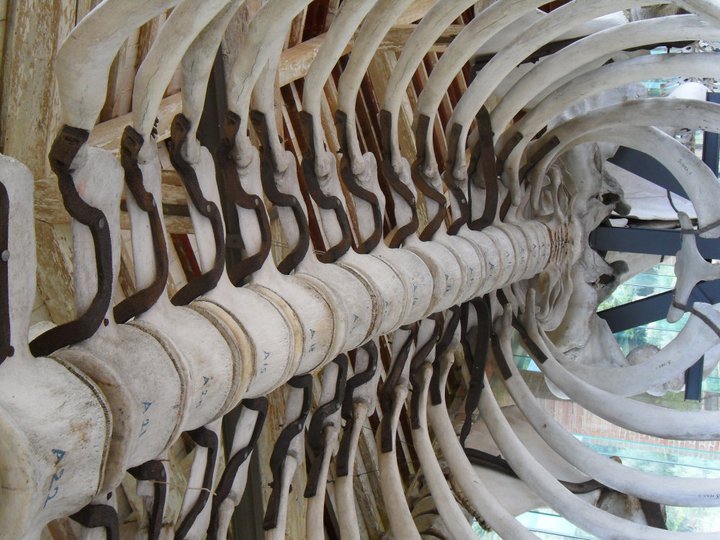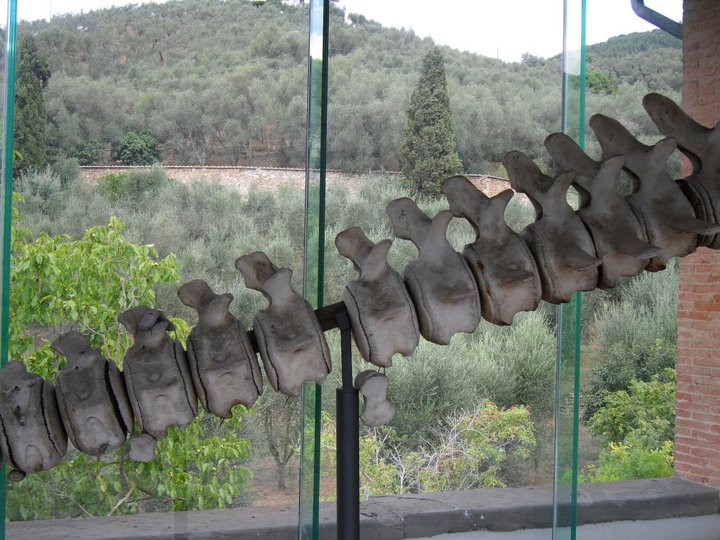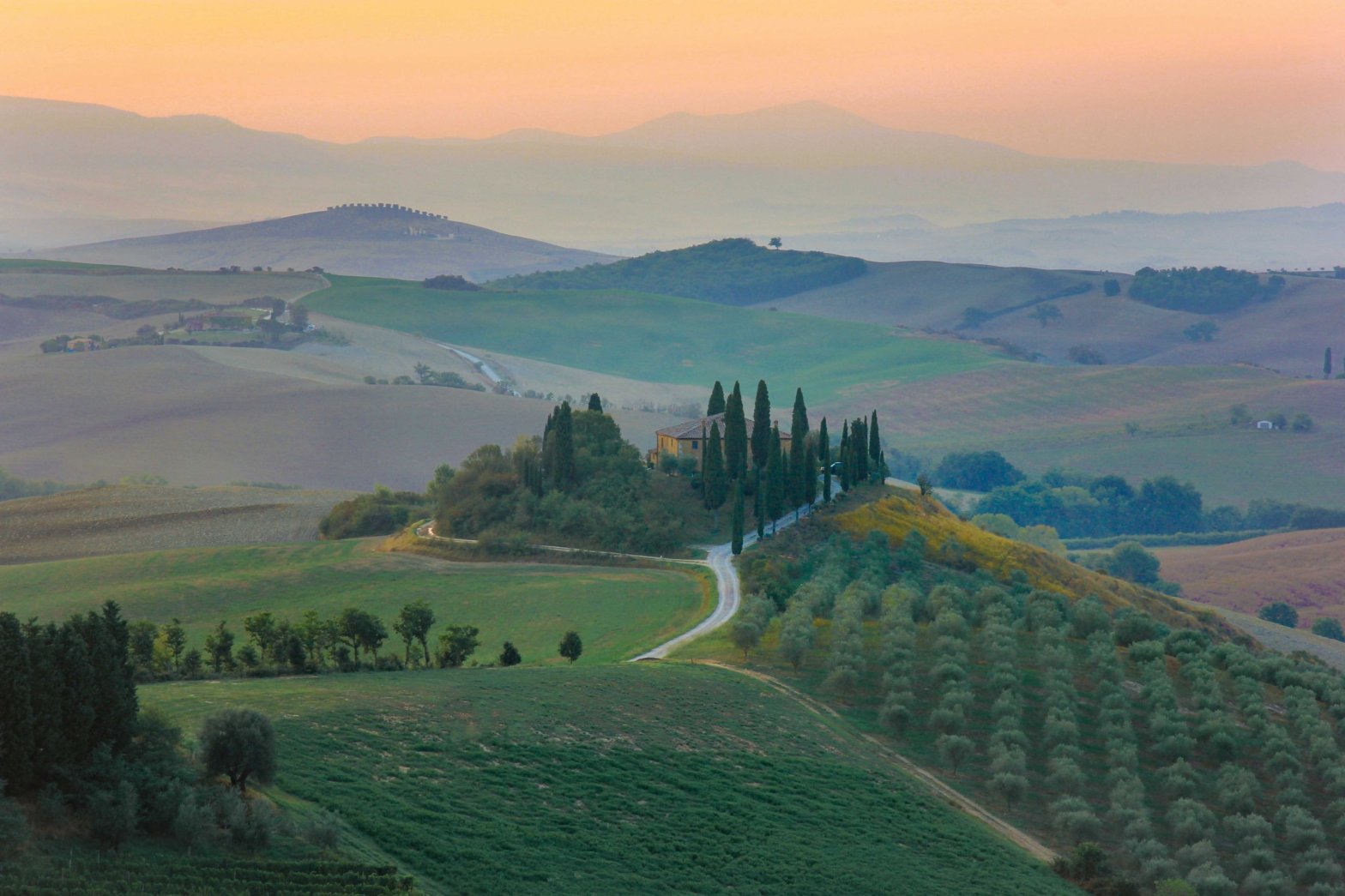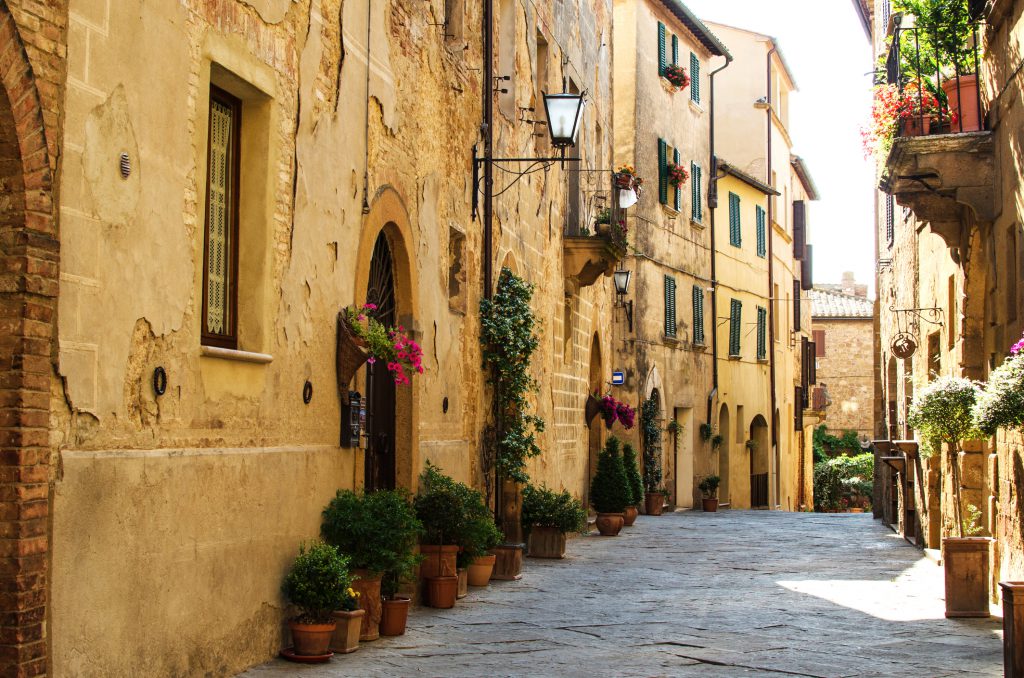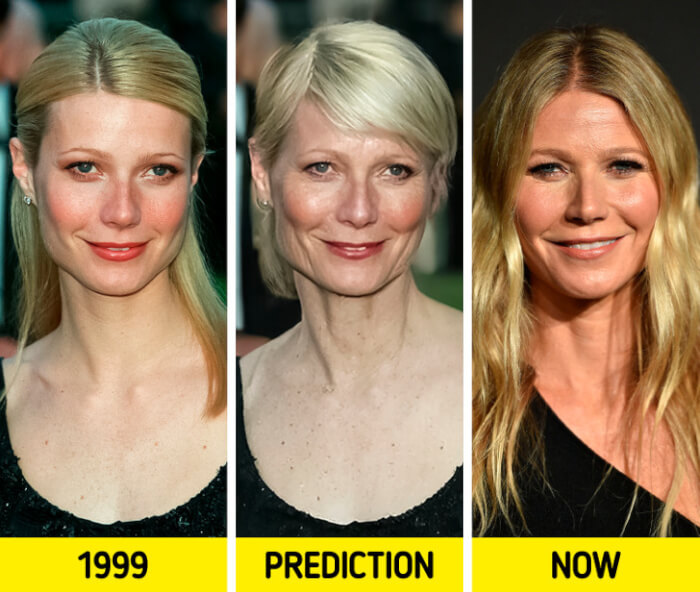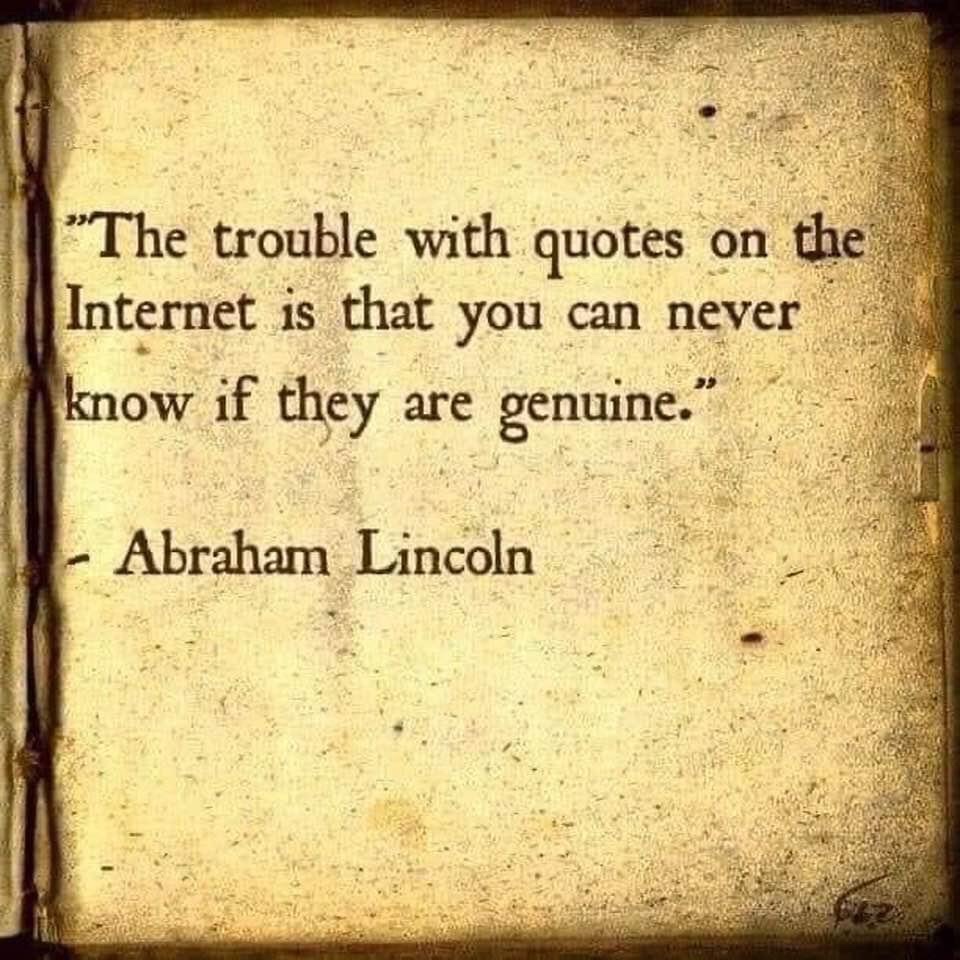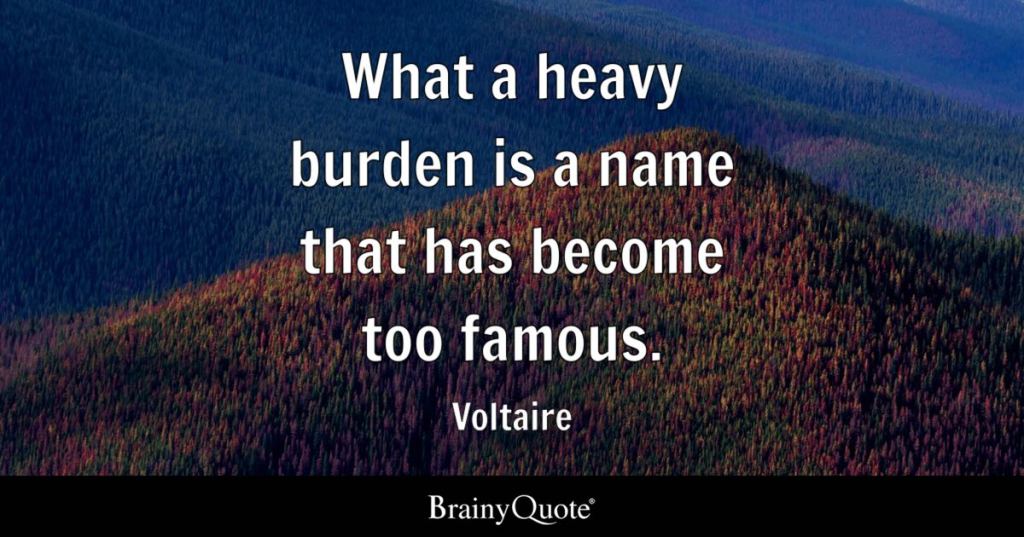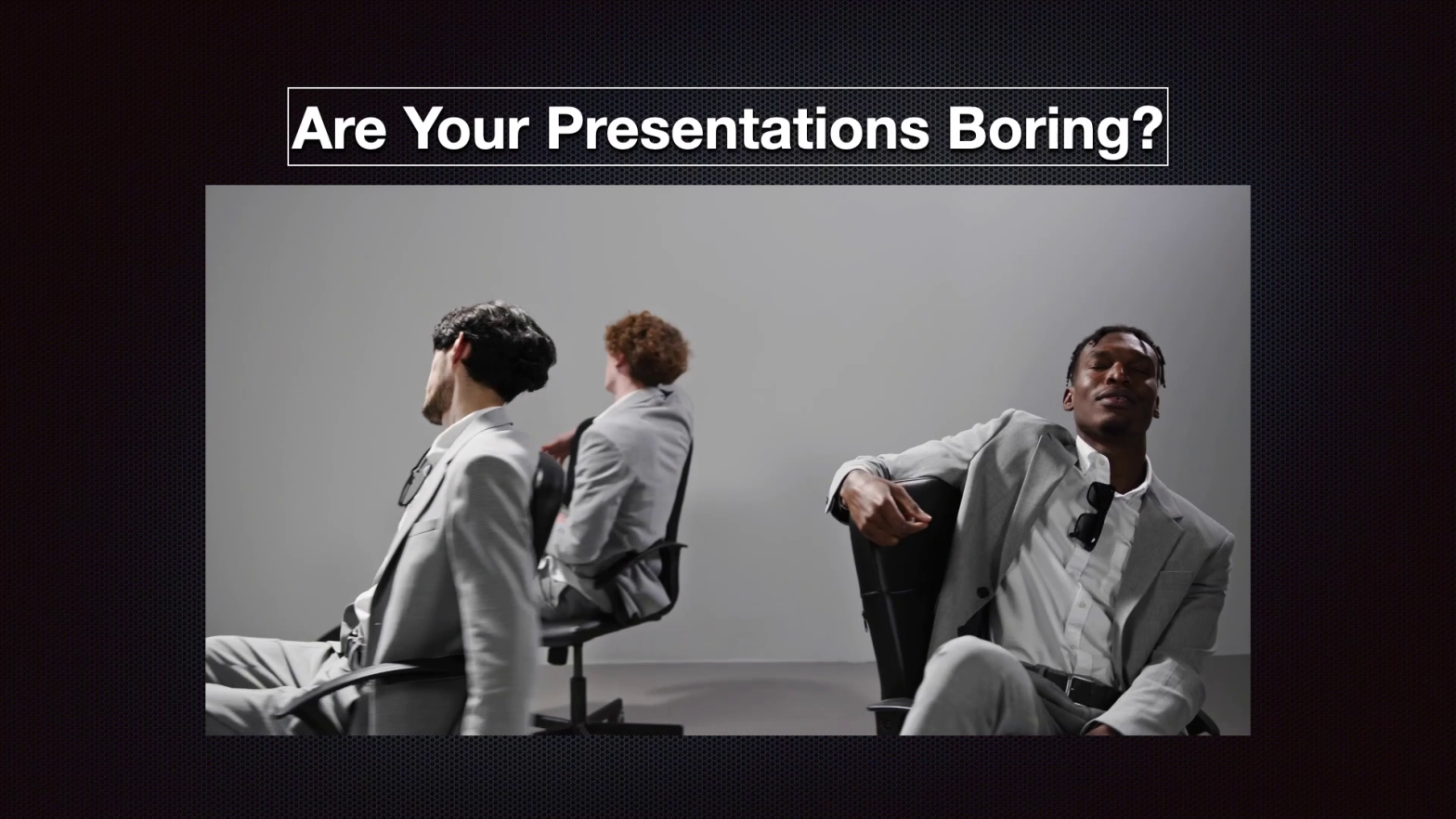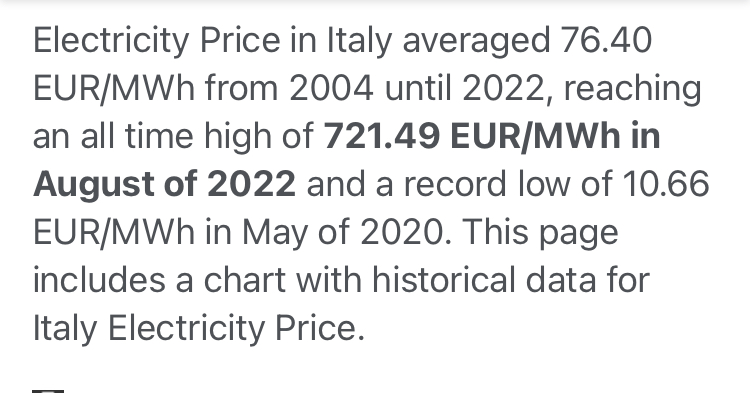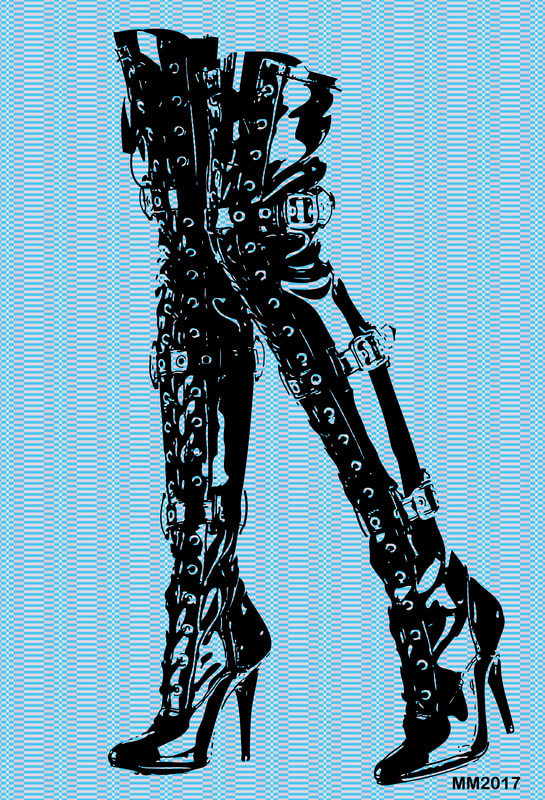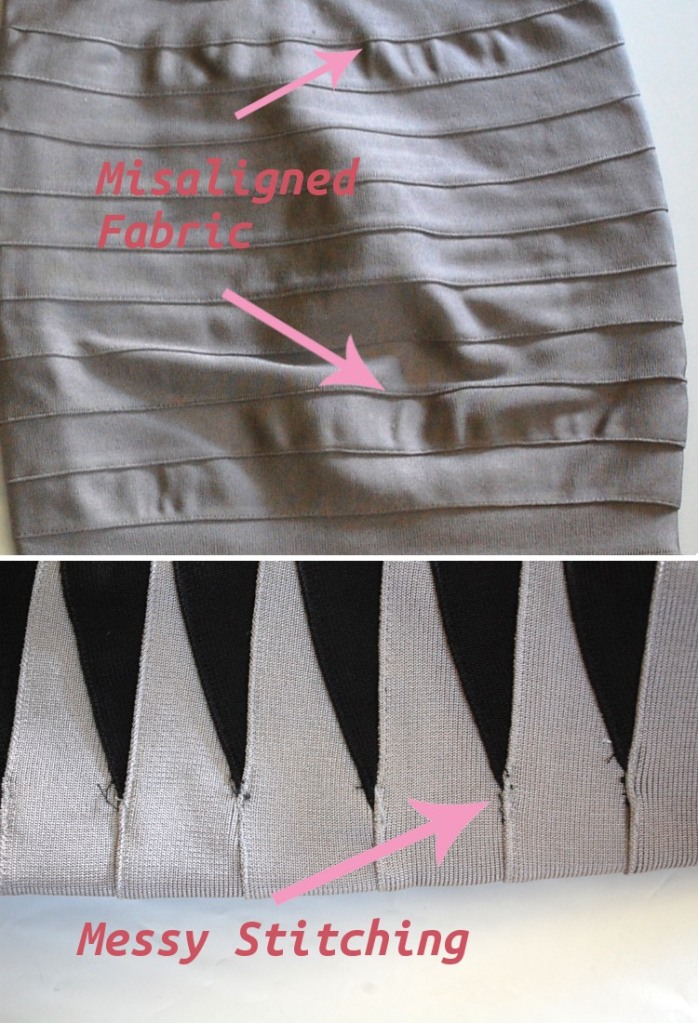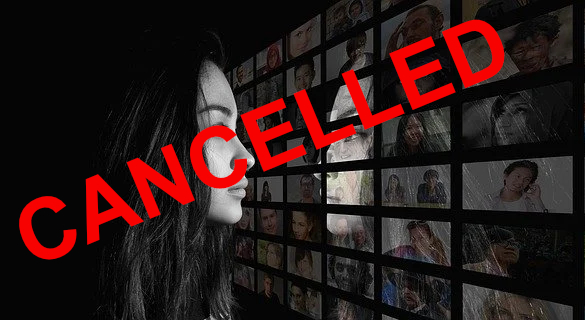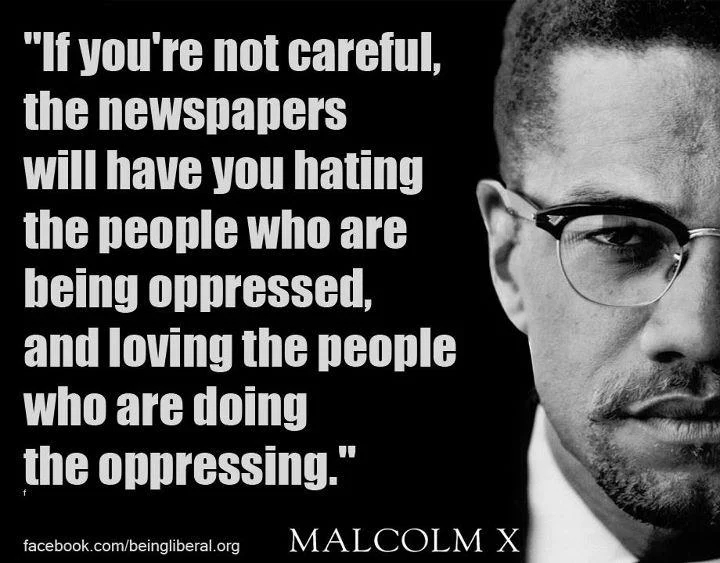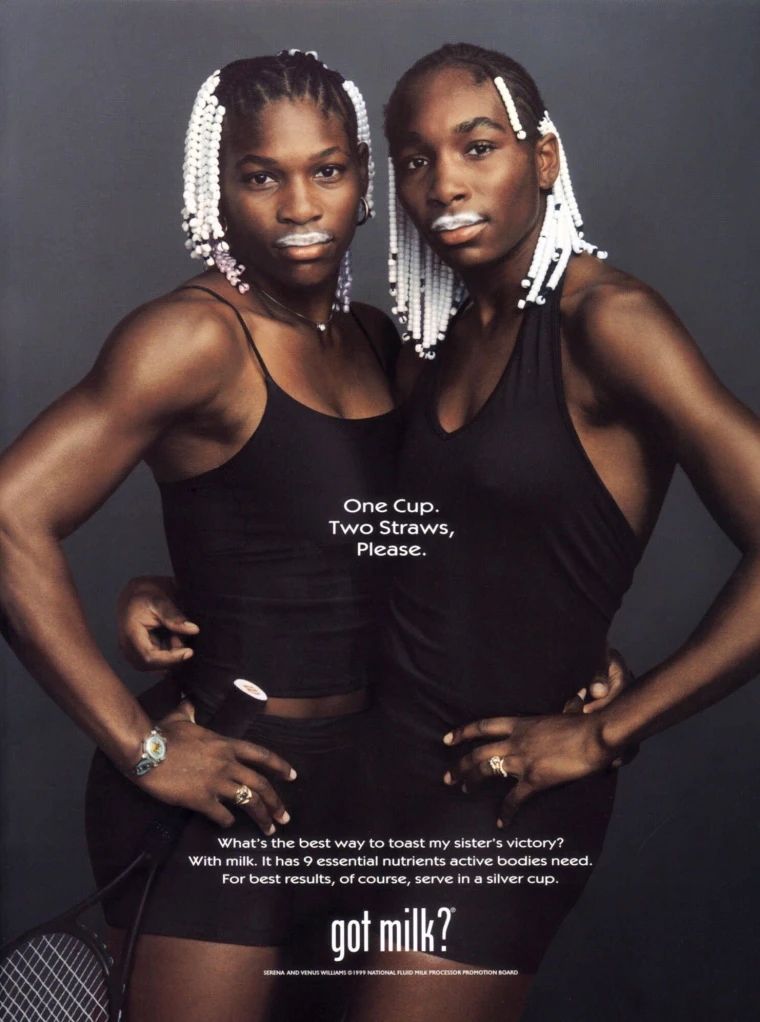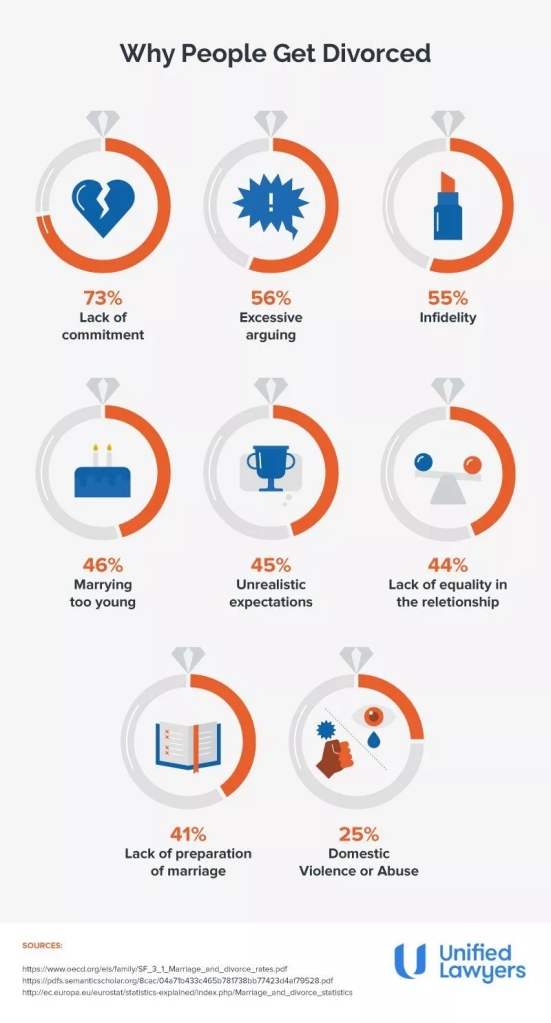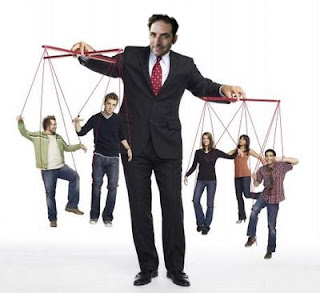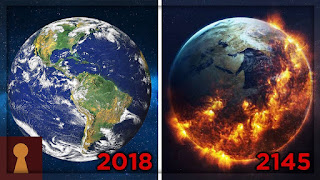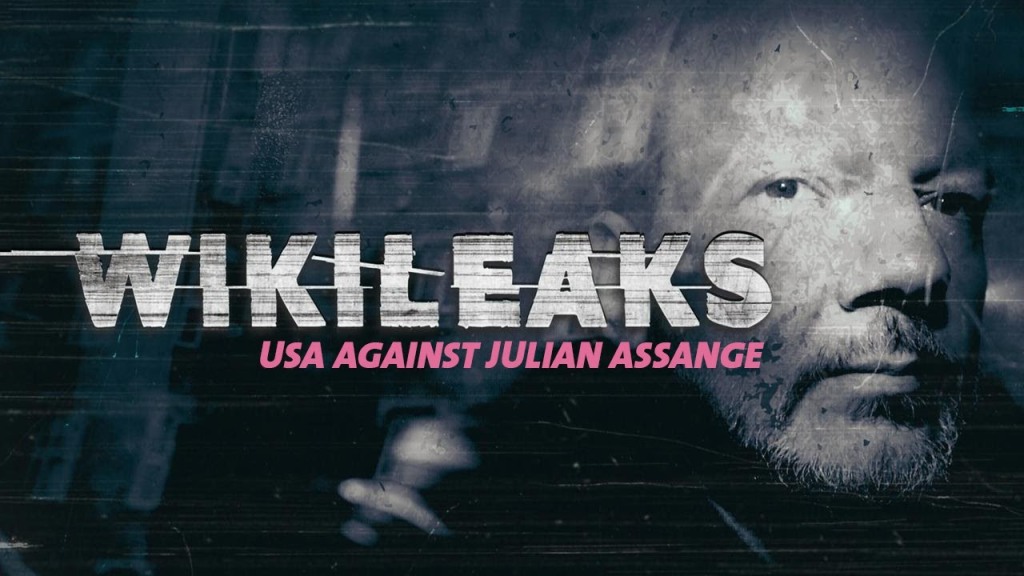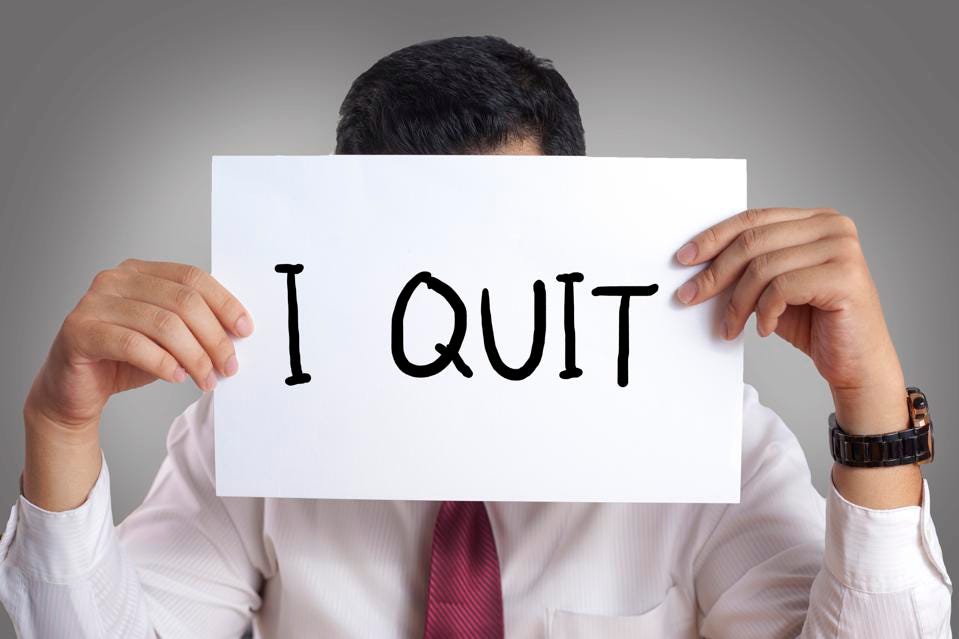The day we shut the door on a world gone mad, my mother was eight months pregnant with my brother Luca. Thirty years later, both our parents are gone. Our father left the bunker one day, never to return, our mother fell ill nine months ago and died. We have no idea what to expect or what we will find once we leave the bunker.
I have vivid memories of the world, before we went underground, although I was barely five years old at the time. My brother, on the other hand, knows only the bunker. He’s never seen a cloud, the ocean, or walked barefoot in the sand. He’s never felt the wind caress his face.
We have pictures and videos that we’ve watched a million times, yet there’s no telling whether anything will be as I remember it.
“Luca, there’s no need to take those with us,” says Lisa as she watches her brother packing seeds. “We’ll come back for those once we know what is going on out there. We don’t want to be weighed down.”
“Do you think there will be others?” Asks Luca.
“Well, if there are others, let us hope they won’t shoot us on sight and eat us for dinner. We need to be careful not to reveal the location of our bunker.” She hands him two canisters. “The bunker is our only lifeline, so if we run into a hostile situation, we use these smoke bombs, and we turn back to the safety of the bunker, hopefully without being followed.”
Our bunker is no ordinary bunker. It is a visionary interpretation of Noah’s arc. Our family owns over 20,000 acres of ancestral farmland, forest, and coastline in Sicily, Italy. The only access to the bunker is through a myriad of caves.
Our ancestors had, for the most part, been farmers. My father’s generation introduced cutting-edge technology and brought Artificial Intelligence to farming. He had been part of a cooperative that pioneered regenerative agriculture and renewable energy in the region. When the third global pandemic hit in 2030, followed by another drawn-out war, shortages, droughts, fires, and global unrest, our father was busy completing a lifetime project that would keep his family alive, safe, and healthy for decades.
He often said that a side benefit of the very first pandemic, before Luca and I were born, was that it broke people’s routines and perceptions of the world, it created a rift between people, and that crack was wide enough for a whole lotta light to pour through. Unfortunately many were unable to see what was coming their way.
Our father worked day and night, for years, to create an underground ecosystem that supported vertical farming, smart energy use, and a blend of machine learning and artificial intelligence that controlled lights, minimized energy consumption, and irrigated. Practically anything we once grew under the sun, can grow in our bunker.
Our water comes from underground wells. Hydroponic technology delivers the required nutrients to each plant, recycling the dissolved nutrient solution through the irrigation system to reduce water consumption. We rely on a combination of solar and wind power as well as other backup systems. We also have a beehive, useful for pollinating, a tiny freshwater fish farm, and chickens, enough to feed a family of four. “What will happen to the Bunker, and our crops while we’re gone?”
Since we were children, Luca and I have been responsible for the maintenance and day-to-day operations, that keep the Bunker alive. Luca is stressing about leaving the bunker, just as much as he wants to leave.
“No worries Luca, the crops will take care of themselves for some time. It’s all automated. We’ll get back in time for harvest, so we know we’re taken care of for winter. If conditions above ground are favorable we can think about starting work on the land. We have pop-up greenhouses and a fleet of farm droids for weeding, seeding, and harvesting crops. We just need to follow Dad’s instructions, he planned everything for us. We’re perfectly capable of going through with this Luca, we’ve been training our entire lives.” Lisa slips her backpack on her shoulders. “Are you ready? We have 5 hours if we are to reach the main house before sunrise.”
Luca takes one last look around as he follows his sister toward the exit and steps into a dark, long, and winding tunnel that leads to several caves.
As they make their way through the dark damp caves and tunnels, Luca remembers cozy family dinners with traditional Southern Italian dishes, his mother prepared. Everyone’s favorite after-dinner treat consisted of a small shot of Crema di Pistacchio, a velvety, creamy, and nutty-tasting liqueur made from Pistacchios that had grown on their land, also known as the green gold of Sicily. There were two bottles left. He had stuffed one in his bag when Lisa was not watching.
His parents had imparted to him the richness of an ancient civilization, its history, heritage, and a passion for the island, with its iconic landscapes and coastlines. A love for this land had coursed through the blood of many generations in the family. Now it was all up to him and Lisa to honor the legacy. “I hope we do find others, don’t you Lisa?”
“Yes and no. If there are any survivors we don’t know what they have been through and whether they are to be trusted. We might find our land has been taken over by an unsavory gang. I’d rather not get my hopes up too high.” Lisa quickens her pace as if to put a distance between herself and that last statement. Of course, she hopes that there will be others. What kind of life can she and Luca possibly hope for on their own? What happens when one of them falls ill or dies?
Lisa recalls the last few weeks before they moved into the bunker. Saying goodbye to friends and family. At the time she had been excited about moving to the bunker. In her little girl’s mind, it was an Alice in Wonderland adventure. It had not occurred to her how much she would come to miss running through the fields, eating fresh figs and oranges from the trees, bicycling to the beach, and most of all, her friends.
“According to this map, we should arrive at a sort of intersection that opens onto three separate tunnels, and we are to take the first one to our left.” Luca folds the map and places it back in his jacket pocket.
“This must be it.” Lisa points her flashlight down a dark cavernous tunnel ahead, a swarm of bats awakens and takes flight, the sound of their flapping wings reverberating through the cave. They both scream. Lisa regains her composure and reaches for Luca, as he flails around on the ground, swatting the air long after the bats are gone.
“It’s ok, just bats Luca, they’re gone. Come on, get up, let’s go.” She takes his hand but Luca doesn’t move. “If you are not ready for this Luca, I can do the scouting and come back for you.”
I understand my brother’s mixed feelings, it must be hard for him to imagine a life without the bunker. For those before us, it was hard to imagine a world without the Internet of Things. They relied so heavily on technology that the impact of losing access was profound and disrupted their personal lives, the economy, and society as a whole. They could no longer remotely communicate with friends, family, and colleagues around the world. They were cut off from the information and services they had grown to rely on. Businesses and industries around the world collapsed as they had come to rely on the Internet to manage their logistics, supply chains, and operations. Trading floors went dark and transactions came to a standstill. In short, the world without the Internet of Things was a very scary place at first.
“No way I’m letting you go on your own, I’ve been dreaming of this my entire life. I’m good to go, sis.” Luca jumps onto his feet and leads the way down the dark tunnel.
As they approach the end of the tunnel, they see a faint light ahead. It’s a dim bulb above a massive metal door. Luca quickens his pace, eager to see the sky for the first time.
“Slow down Luca, put this on, and don’t make a sound as we step out.” They both strap on gas masks. “Go for it, you do the honors.”
Luca enters a 12-digit code on a panel adjacent to the door and they hear the locking mechanism as it releases numerous long pins and releases the door.
They step into another cave. “This way”, says Luca eagerly as he turns down another long dark tunnel. After a few minutes, they see an opening. Beyond the opening, they can make out trees and long shadows stretching across the ground.
They step out into a moonlit night. Luca gasps at the beauty of the full moon. They are standing in a large clearing surrounded by trees and wildflowers.
Luca takes out the Geiger counter and starts walking and probing the ground. He removes his gas mask and tosses it. “It’s clean Lisa, no radiation, you can take your mask off. I can smell and taste the air around me and it’s intoxicating.”
Luca crouches to the ground and then lays on his back staring at the moon. “Come on Lisa lie next to me. This is insanely bewitching. I never imagined my heart could feel so light and full at the same time. What is that sweet aroma that fills the air, sister?”
“If memory serves me right that would be jasmine, lavender, and orange blossoms. This is what springtime smells like Luca. Everything looks so lush and alive. I was afraid we might find a desert or that the ocean had washed over our land. So far so good brother.”
Lisa joins her brother and takes in the starry scape. The fragrant air stirs old memories. By the time they had moved to the bunker, their farm had been one of the few still operating on the island, but only provided close friends and family. Most family-run farms had been systematically run into the ground by a combination of ongoing detrimental climate conditions, EU restrictions, sanctions, and regulations, all designed to lower the carbon footprint. All food production and distribution had been taken over by a few giant corporate entities. Her father had often told them that time would reveal there had been sinister, ulterior motives at work and the climate had been used as a scapegoat and a diversion, instead of being seriously addressed. Those in power never bothered to separate the impacts of climate change from those related to socioeconomic and demographic trends. It was convenient to blame it all on Climate change.
“If I didn’t know any better, I’d say everything is fine and no danger awaits us. But something in my gut says otherwise.” Lisa sits up and grabs infrared binoculars from her bag. In the distance, she can make out a huge stone monument. She couldn’t recall anything of the sort from her childhood.
“Perhaps you’re being paranoid Lisa, I swear I feel intoxicated by this fragrance that surrounds us and the moon.” Luca chuckles to himself.
As Lisa tilts the binoculars down she spots dozens of people moving around the base of the monument, none of them seem to be carrying weapons.
“I can’t wait to see my first sunrise.” Luca is taking in the scent of the earth beneath him, like a puppy sniffing the ground.
“Shush, quiet, we’re not alone.” Lisa gets down flat on her stomach.
Luca feels a surge of fear mixed with curiosity. He wonders who these people might be and whether any had known their parents.
Suddenly, one of the figures points in their direction. “Look! The chosen ones have arrived! Praise be to the bunker!” The crowd runs towards them, waving their arms, cheering, and smiling.
Luca panics. “These people are fanatics!”
“Sounds as though they worship the bunker as a holy place,” Lisa says as she grabs her backpack and prepares to flee.
“So does that make us holy?” Asks Luca
“We’re about to find out Luca. There’s nowhere to run unless we want to give away the entrance to the bunker. We shouldn’t have stopped as soon as we stepped out, that was a bad call.”
The fanatics surround Lisa and Luca, grabbing them by their arms and legs, and lifting them above their heads as they cheer. This reminds Luca of how soccer players were celebrated, by their teammates, when they scored the winning goal. Not that he’d ever seen a live soccer game, but he’d watched legendary soccer matches his father had recorded, including the most intense matches in soccer history. The Derby di Sicilia was traditionally one of Serie A’s rarer fixtures since the two clubs often occupied different leagues. But the rivalry was as fierce as it could be, and the games always marked the high point of the football season, on the southern Italian island.
“Let me go!” Lisa stops screaming and kicking as soon as she hears someone speak her name.
“Shh, shh, don’t be afraid, Lisa. You are both blessed by the bunker. You are here to fulfill your destiny.” A man standing on a pedestal, next to the stone monument, wearing a white robe, a golden mask, and holding a staff had spoken.
“Welcome to the new world, my children.”
The cult leader raises his staff and points it at the monument. “Behold, the bunker. The source of all life and wisdom. The protector of humanity. The giver of hope.”
The others repeat his words and bow their heads.
“For thirty years, we have waited for this day. The day when the bunker would open its doors and reveal its secrets. The day when the chosen ones would emerge and join us in our mission.”
He turns to Lisa and Luca. “You are the chosen ones. You are the children of the bunker. You have been born and raised in its womb. You have inherited its power and knowledge. You are the ones who will lead us to a new era of peace and prosperity.” He lowers his staff. “Follow me, my children. It is time to enter the holy chamber where there is something you must see.”
The leader steps down from his pedestal and walks towards a large cave opening behind the stone monument. Lisa and Luca are set on the ground, and guided by the crowd diligently following their leader. They manage to exchange a look of bewilderment before entering a dark tunnel similar to the one that led to their bunker. They reach a door. The cult leader opens it, and a blue light pours out and washes over his white robe. “Here we are, my children. The holy chamber.” He signals his followers to stand back. They clear a path for Lisa and Luca who gasp as they enter and see what is inside the chamber.
In the center, sits a large metal pod with a domed glass window. Inside the pod, there is a human body, hooked up to tubes and electrodes.
It’s their father.
“What have you done to our father?” Lisa yells furiously.
“This was his idea, he wanted to make sure everything would be ready on the surface for your arrival. He’s not dead, he’s in an induced coma.” Says the leader of the cult.
Lisa steps closer to the masked man, “Do you mind removing your mask? I’d like to see who I’m talking with.”
Meanwhile, Luca examines their father who looks a little greyer, but pretty much the same as he did the day he left the bunker.
“Your father was a man blessed with foresight and genius. We go way back your father and I.”
Luca turns to look at the leader of the cult, now without his mask. A deep nasty scar, on his left cheek, travels down his neck and disappears under his robe.
“When your father surfaced, the land and climate had not healed enough for us to move forward with his plan. We couldn’t risk your father getting infected, dying, or returning to the bunker. It was only with an induced coma we could guarantee his presence here today.”
“That is preposterous, my father would never have agreed to such terms. He would have come back to the bunker as planned. Why would he choose to be put in a coma for over ten years? You did this to him. Why?” Luca’s voice is shaking.
“Because he promised he would help us, but only once it was safe for his family to join him on the surface. We simply needed a guarantee. I am well acquainted with your father’s incredible achievements. He is the only person left, capable of guiding us and transforming this island into a fruitful model of sustainability and social justice. We need your father’s knowledge, science, and know-how to start anew, and this was our only guarantee.”
The cult leader steps up to the pod and enters a code on a small keypad. The lights in the pod change from deep blue to bright white. The pod opens.
“Dad!” Luca is reaching inside the pod as his father’s eyes slowly crack open.
“Luca?”
“Lisa is here as well.” Lisa steps in and unstraps her father from the gurney-style bedframe.
“Where’s your mother?” Antonio doesn’t need to hear them say it. He can tell by the dark veil that shrouds his son’s and daughter’s eyes that his wife has left them.
“Careful, easy Dad.” Lisa and Luca both help Antonio sit up.
The crowd outside the holy chamber falls to their knees as Antonio steps out of the pod. “Behold, the bunker. The source of all life and wisdom. The protector of humanity. The giver of hope.”
Filippo shushes the crowd away and shuts the door to the holy chamber. This moment required privacy.
“You’ve both grown so much. The day I left, you were children, and look at you now.” Antonio is happy, but he is also sad for all of the years in his children’s lives he’s missed. His heart is slowly waking to the pain of never again being able to see or hold his precious wife, Sofia.
“It’s heartwarming to see you reunite with your children Antonio.” Says the cult leader.
Antonio turns his attention to the cult leader. “My back is in pieces, you could have provided more suitable long-term coma accommodations, Filippo. Listen, you and I need to set a few things straight. There will be no more talk of blessed bunkers and chosen ones. We have some serious hard work ahead of us, and no time for such nonsense.”
Luca and Lisa share a puzzled look. So their father and Filippo know each other and speak like old friends.
“I’ll do my best Antonio. You understand it was necessary to keep people’s morale up and give them hope. Some days, it was the only thing that kept people from killing each other Antonio, hope.”
“Won’t be an easy feat after 30 years of praying to a piece of stone named The Blessed Bunker,” Lisa says half laughing.
“Nothing hard work, good food, and wine can’t cure, right?” Antonio says as he winks at Filippo. This doesn’t escape Lisa or Luca.
“We kept our end of the bargain,” Filippo says. We held onto the seeds you left us and this year we tilled and sewed the fields as per your instructions.”
“And the vineyards?”
“We planted, Malvasia, Grillo, and Muscat grapes. The vineyards are a sight to behold my friend. Not since 2024 have I seen such fertile vineyards, it makes my heart swell with joy. I’m truly relieved this long-awaited reunion is finally upon us Antonio. Now I’ll let you catch up with your family. Please join us for dinner at the old mill at sunset. We saved our best lambs for tonight’s celebration.” The two men exchange a robust hug and Filippo leaves.
Both Lisa and Luca turn to their father with a million question marks bouncing in the air between them.
“I promise to tell you both everything. Filippo is a bit odd, but not to be feared. He just needs to curb his flair for drama, he’s from Naples, and he can’t help it.”
“But he put you in a coma for over ten years, how can you say he’s harmless?” Lisa asks incredulously.
Antonio sees so much of Sofia in Lisa, now that she is a woman. “You have to put yourself in their position Lisa. We held the only promise of a future for them. I agreed to it as long as they kept their end of the deal. He was to keep people away from the bunker, and as soon as atmospheric conditions recovered they were to start preparing the fields in time for your scheduled arrival. We helped each other. It was a long-term project, based on a wishful forecast, at best. The truth is we need each other. There’s no future if we can’t live as a community, start families, and work the land.”
“How did the planet heal itself Dad?” asks Luca.
“It’s not as simple as that. To start with, there’s been no human interference for decades now and no fossil fuel burning. All the big corporations that produced endless garbage, and those that consumed it, are long gone. Now we can get back to basics and focus on what matters. Family, heritage, love of the land and the planet.”
“How many people are with Filippo?” Lisa asks.
“I imagine the tribe has grown. I’d wager we’re about 1500 in total, counting those from a neighboring town to the north. You have some cousins there, that should be about your age if they’ve survived.”
“Can we get out of here?” Luca asks. “ I’ve been waiting my entire life to be above ground.”
When they step out, the night has receded into the horizon. Luca is stunned and overwhelmed, as he takes in the sun painting the sky in veiled tones of pastel-colored light. “Let’s go to the ocean? How far is it Dad?”
“Once we get to the house, we’ll grab bikes and ride to the ocean, and we can stop by the vineyards on the way back. We have plenty of work ahead of us, but today we enjoy life on Earth.”
“You’ll need to teach me how to swim Dad. Do you know how to swim Lisa?”
“I’m not sure I remember how, but we’ll find out soon enough.”
“I only wish your mother could be here with us. She loved the ocean. She loved this land with her heart and soul.”
Luca stops as they reach a field bursting with lavender. “I can see why Mom loved this planet. It’s in the air. I feel it in every pore of my body. I can taste it down to my bones. The planet is truly alive.”
Lisa hugs her dad as Luca buzzes through the lavender field like a drunken bee.
Later that evening, Lisa, Luca, and Antonio head to the mill for dinner with the villagers.
“I smell something unusually delicious,” Luca says.
“That would be lamb roasting on a spit. Traditionally prepared at Easter. Tonight will be a feast to remember.” Antonio spots Filippo waving them over.
“I brought something special for tonight.” Luca pulls a bottle out of his backpack and hands it to his father.
“Your mother’s Crema di Pistacchio, this brings back so many memories.” Antonio’s voice trembles with emotion.
Numerous tables are set outdoors, nestled next to an orange grove. The air is charged with good cheer and laughter.
“Antonio, look what I have here.” Filippo waves them to his table, where several young children are screaming and laughing.”Lower your voice, children, our guests of honor have arrived.”
“Are these all your children, Filippo?” Lisa asks incredulously.
“Yes and no. We’ve replaced nuclear families with extended families. This way we all look after each other. So if you’re not getting along with your mom or dad this week, you have plenty of other moms and dads to turn to. This week I’m very popular with the wee ones.”
“I don’t believe it. How did you manage to hang on to this bottle of Malvasia for so long?” Antonio reaches for the bottle.
“I saved it for you my friend. I’m happy you’re home, Antonio. A Balance will be restored to the island now.” Filippo pats Antonio on the shoulder.
Antonio takes a delicate sip of the Malvasia, savoring each velvety drop on his palate. “We’ve not had a chance to talk about what transpired after my family and I left for the bunker.”
“You may laugh, but it was a blessing in disguise that the government never built that suspension bridge from Messina to the mainland. It saved the island during the great migration from the north. Throngs of people migrated from northern cities to southern Italy. Some rode bikes, and others walked. As a result, the entire southern peninsula became unsustainable. Not enough housing or food for everyone. By comparison, we were in paradise. Let’s not dwell on the past.”
Filippo stands to make a toast, “May I have everyone’s attention, please? Tonight we bring on a new era. The island will provide us with all we need to live fulfilled, healthy, and bountiful lives. To the Island!”
Everyone toasts in unison, “Behold, the island. The source of all life and wisdom. Our protector and giver of hope.”
“This will take some getting used to,” Lisa says to her father.
“Dinner is served! Buon Apetito.” Filippo sits back down and shares a mischievous look with Antonio. They both burst into laughter.


